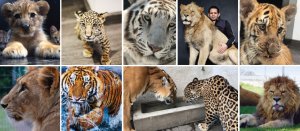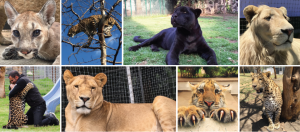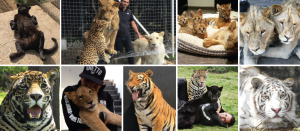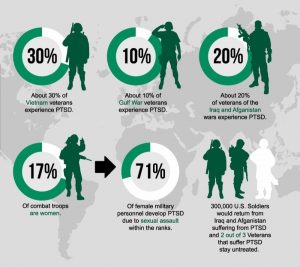Virtual Reality Proposal
The simulation I have in mind is that you get to choose a storyline just like the game of Life or Sims. You create the perfect life for yourself where you can choose your career, income, car, and family. The only catch is you can’t choose your race, and it is randomly selected. In the simulation there will be multiple scenarios in which you will go through. For example, you will go through a week of events in your life. Some of these scenarios will be going to work, shopping in a store, eating at a restaurant, interacting with a police officer, etc. In this time of our lives, racial discrimination is still at an all time high even though people believe it is not. This application would be a good way for people to experience what it is like to be in another person’s shoes.
Target Audience
I think the application would be beneficial for early childhood through adulthood. It is best to teach empathy at an early age because this is a critical time for teaching empathy during this stage of development. During early childhood is when children are first introduced to what is mean and nice. The earlier you teach your child what mean behavior is the better. Neglecting this can result in problems with human attachment and emotional development. When you teach children to understand their own feelings and behavior it helps them better understand the feelings of others. Adults may already have some empathy, but they can further develop theirs through this simulation. They may not know some things that they say to others can make them feel a certain way. This can be a learning experience for them as well.
Article Summary
I could not find a Virtual Reality application related to race. However I did do research on how viewing ourselves in other people’s skin would make us more empathetic as humans. I read an article by Harry Farmer and Lara Maister, and they discussed the differences between two forms of self-representation. The first is the ‘bodily’ self, which talks about how other perceive you and how that makes you feel you should behave based on their perceptions. The second is the ‘conceptual’ self, and this talks about your individual belief about yourself. Farmer and Maister then investigate how both the bodily and conceptual self are related to social cognition and they focused on how self-representations are involved in the processing and creation of prejudice.
How can this teach empathy?
Virtual reality is a new way of learning in ways that you could have never imagined. It is an experience that you may never be able to go through in real life but you can see life through a new set of eyes. We may assume we know someone’s life but in reality we really have no clue of what they may go through. With this series of scenarios we can demonstrate that social attitudes towards various racial groups can lead to a reduction in prejudice towards that group. This concept can be applied to not only race, but religion, sexual orientation, gender, and so forth.
Sources Cited
Farmer, Harry and Lara Maister. “Putting Ourselves in Another’s Skin: Using the Plasticity of Self-Perception to Enhance Empathy and Decrease Prejudice.” Social Justice Research, 31 Oct. 2017. EBSCOhost, doi:10.1007/s11211-017-0294-1.






